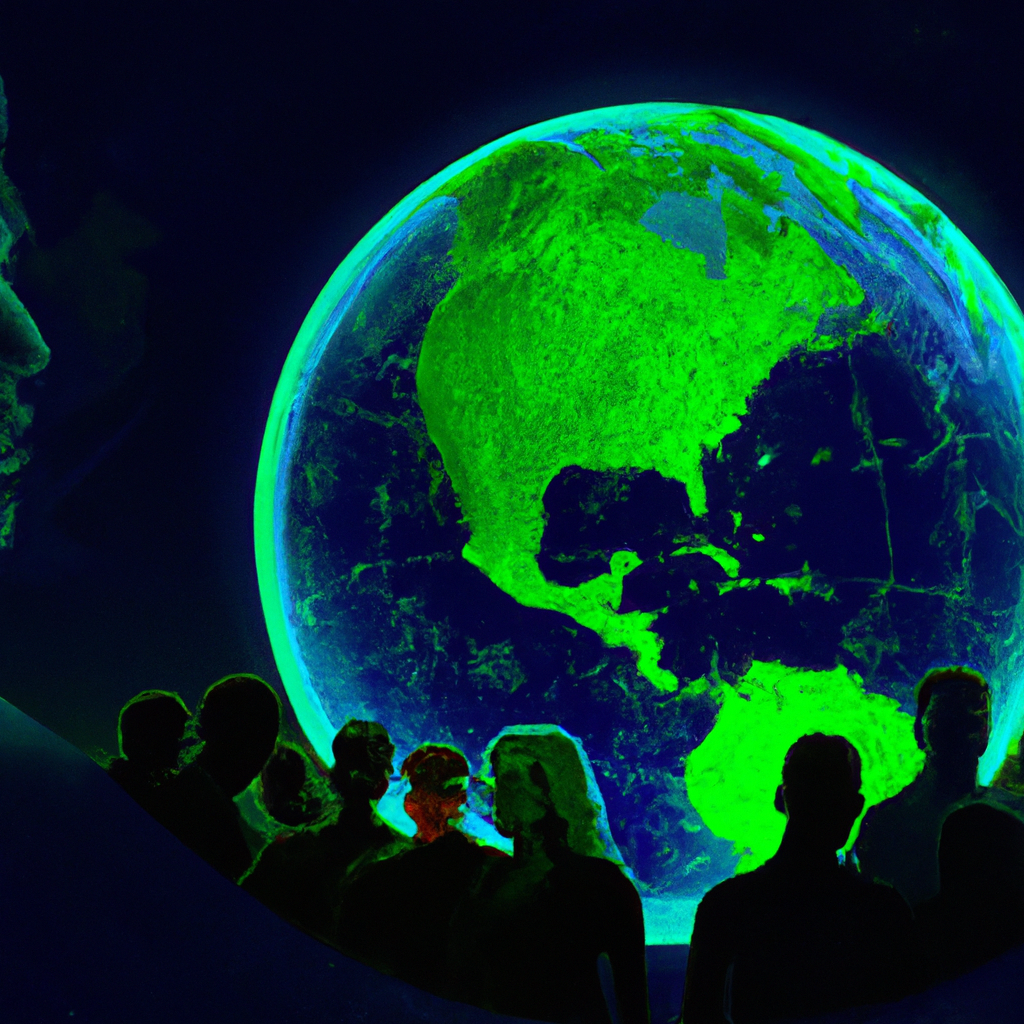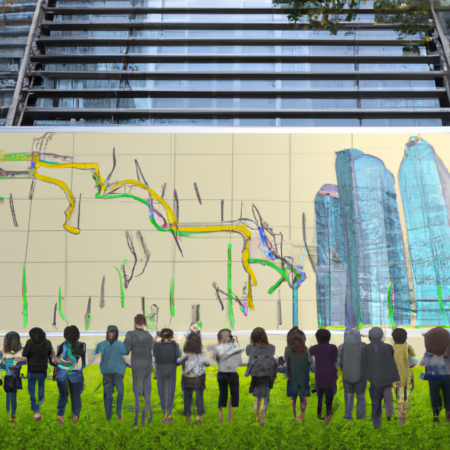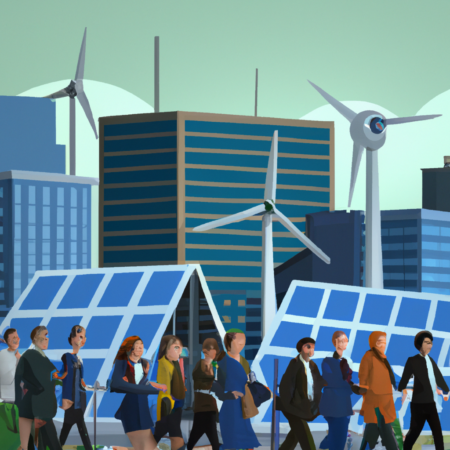Navigating the New Norm: Economic Policies for a Post-Pandemic World
As we step into the second quarter of 2025, the global economy continues to navigate the lingering aftereffects of the pandemic. Governments and policymakers worldwide are tasked with crafting strategies that not only foster economic recovery but also ensure sustainable growth in a radically transformed market landscape.
This blog post delves into the pivotal economic policies that are shaping the world in 2025, exploring how countries are adapting to the new economic norms, the role of technology in economic practices, and what future policies might look like.
Revamping Economic Structures
Post-pandemic, many countries have shifted their focus towards more resilient economic structures. This includes increasing investments in digital infrastructure to support remote working environments and e-commerce, thus broadening economic participation to more regions and demographics.
Furthermore, there’s a significant emphasis on green policies. Governments are not only looking to recover from the downturn but are also seizing the opportunity to address climate change. Investments in renewable energy sources and green technology are becoming commonplace, aligning economic recovery with environmental sustainability.
Policy Innovations and Global Cooperation
2025 has seen a surge in policy innovations as countries seek to overcome the economic disruptions caused by the pandemic. One notable trend is the increased use of digital currencies and blockchain technology by central banks to streamline operations and increase transaction transparency.
Global cooperation has also taken a front seat. Economic policies are increasingly being crafted with a consideration for international impact, leading to more collaborative efforts in areas like trade, technology, and health security. This shift is crucial in a world where the economic fates of nations are deeply interconnected.
Looking Ahead: The Future of Economic Policies
As we continue to navigate the post-pandemic world, the focus is on crafting policies that are adaptable and forward-thinking. The integration of AI and machine learning in economic planning and forecasting is a step towards more informed and dynamic policymaking.
The future of economic policies will likely be characterized by a greater emphasis on technology, sustainability, and international cooperation. These elements will be crucial in building economies that are not only prosperous but also resilient to future global challenges.
In conclusion, the economic landscape of 2025 is marked by transformative changes, driven by innovative policies and technologies. As countries continue to adapt and evolve, the global economy is set on a path towards a more inclusive and sustainable future.






